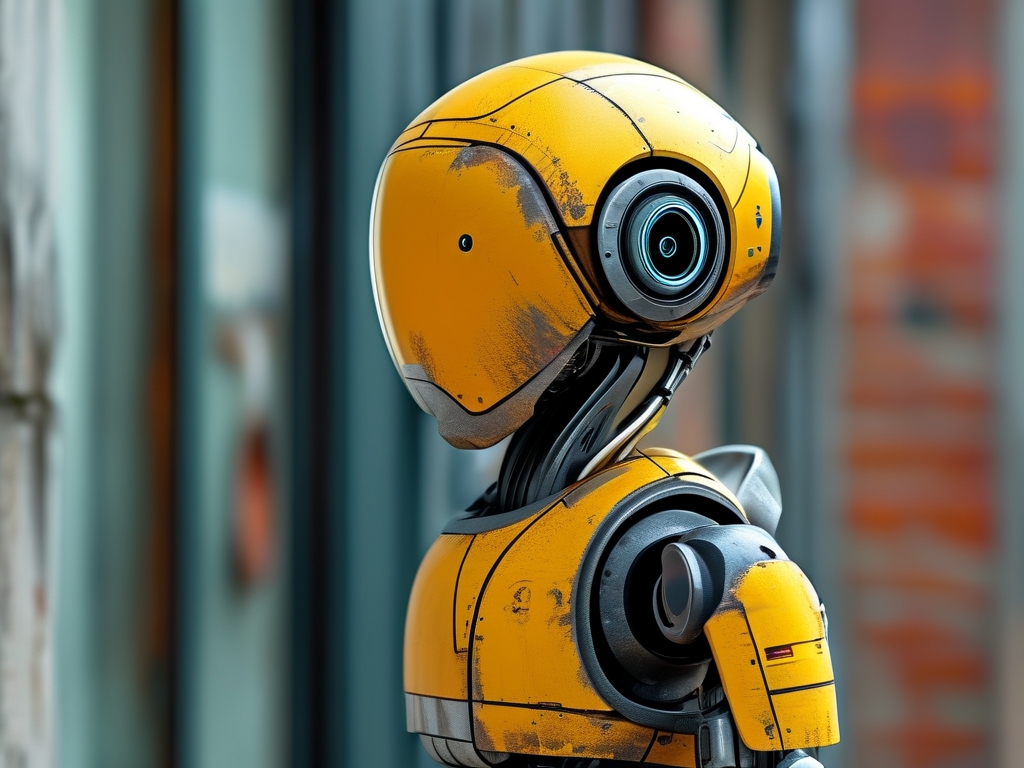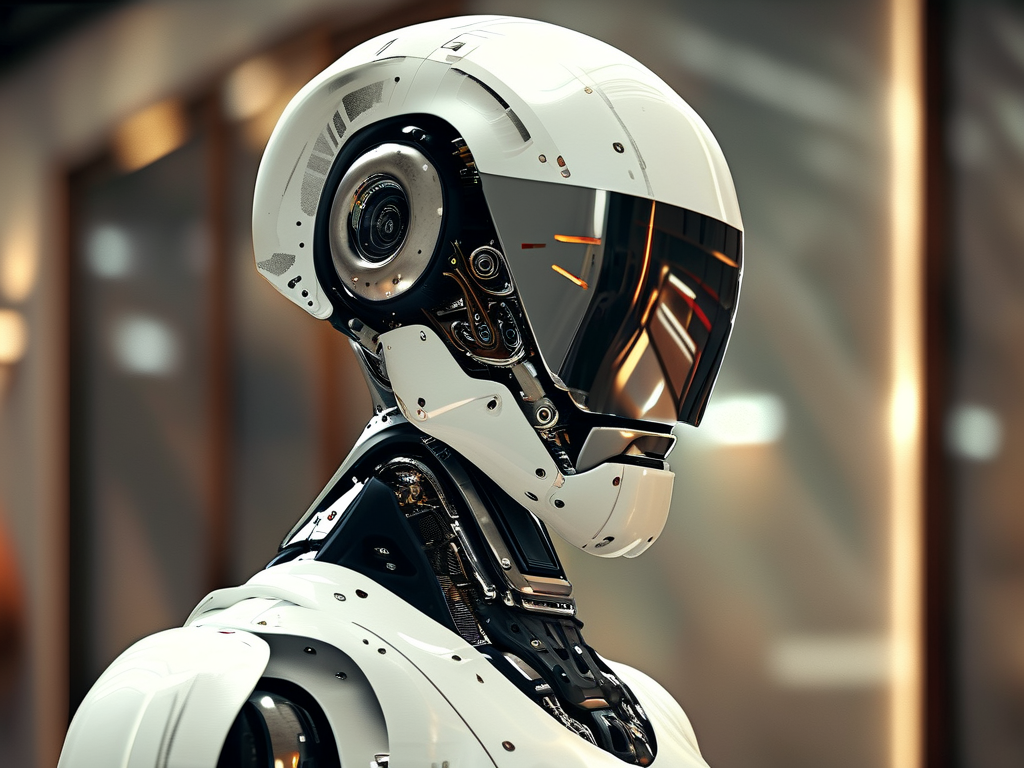In an era where robotics technology advances at breakneck speed, society faces an insidious new challenge: the weaponization of machines for covert surveillance. From miniature drones disguised as insects to AI-powered cameras embedded in everyday objects, the line between innovation and invasion has never been blurrier. This article examines how robotics-enabled voyeurism threatens personal privacy, explores real-world cases, and proposes urgent countermeasures.
The Evolution of Surveillance Robotics
Modern spy robots leverage cutting-edge technologies:
- Nano-drones smaller than hummingbirds (e.g., Black Hornet PRS used in military operations)
- Facial recognition algorithms with 99.8% accuracy (per 2023 MIT study)
- Self-charging mechanisms enabling indefinite operation A 2024 INTERPOL report revealed 23% of seized illegal surveillance devices now incorporate robotics, up from 4% in 2015.
Case Studies: When Convenience Becomes Crime
- The Seoul Hotel Scandal (2022): Maintenance robots retrofitted with hidden cameras recorded 1,200 guests across 17 luxury hotels.
- Amazon Warehouse Incident (2023): Inventory drones allegedly captured employee locker room footage stored on unsecured cloud servers.
- Child Toy Breach (2024): Hackers manipulated AI-powered teddy bears to livestream children's bedrooms.
Legal Gray Zones and Enforcement Challenges
Current laws struggle to address robotic surveillance:
- The 1986 U.S. Electronic Communications Privacy Act fails to classify autonomous devices as "interception tools"
- EU's GDPR lacks provisions for biometric data collected by rogue robots
- Cross-border jurisdictional issues enable offshore operation of spy bot networks
Technical Countermeasures and Ethical Frameworks
Promising solutions include:

- EMF Pulse Devices: Disable nearby drones without collateral damage (tested by Tokyo Police in 2023)
- AI Detection Algorithms: IBM's Project Sentinel identifies 94.6% of disguised cameras in real-time
- Blockchain Verification: Singapore's mandatory IoT device authentication system
Ethicists propose a "Three-Lock Principle" for robotics development:
- Hardware transparency (no concealed components)
- Data flow encryption (end-to-end)
- Mandatory kill switches
The Human Cost: Beyond Privacy Violations
Victim impact studies show:
- 68% experience chronic anxiety (per 2024 Johns Hopkins mental health survey)
- 43% alter daily routines (e.g., avoiding smart devices)
- 12% report career damage from leaked footage
Industry Responsibility and Public Awareness
Major robotics manufacturers face mounting pressure:

- DJI's "Drone DNA" program embeds traceable identifiers
- Boston Dynamics pledges 10% R&D budget for anti-surveillance tech
- UN Office on Drugs and Crime launches global "Secure Robotics" certification
: Reclaiming Control in the Machine Age
As robotics permeates daily life, society must establish:
- International surveillance robotics registries
- Swift legal consequences (minimum 5-year sentences proposed in EU draft laws)
- Public education campaigns about "digital hygiene"
The path forward requires balancing technological progress with fundamental human rights – before the cameras in the shadows become society's permanent spectators.


